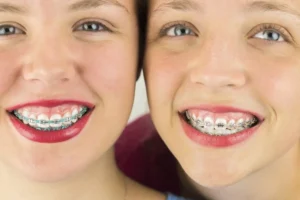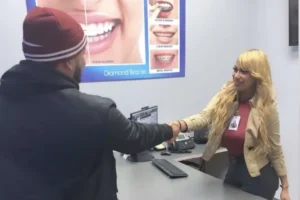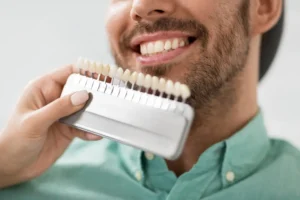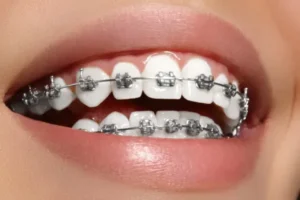Braces have straightened smiles for centuries and continue to do so today. Thousands of patients have chosen to correct their smiles with braces. Whether you have traditional metal braces or ceramic braces, you will correct your misaligned teeth.
Below you will see examples of real patients who fixed their smiles using braces at Diamond Braces. You can see here that braces fix many common orthodontic conditions. Overbite, crossbite, crowding, and more are just a few conditions that can be corrected using braces. After about 12 to 20 months or more, the end result will be a beautiful smile.
Overbite
An overbite is when your top teeth go too far past your bottom teeth. Having some overbite is natural but too much overbite must be corrected.
To correct overbite, the doctor will use braces or Invisalign clear aligners. Depending on your case, the doctor may choose to pull the top jaw back or move the bottom jaw forward. Sometimes, your doctor will install springs, coils, or rubber bands to help move your jaw.
This is an example of an overbite patient. You can see how the top row of teeth hangs too far over the bottom row.
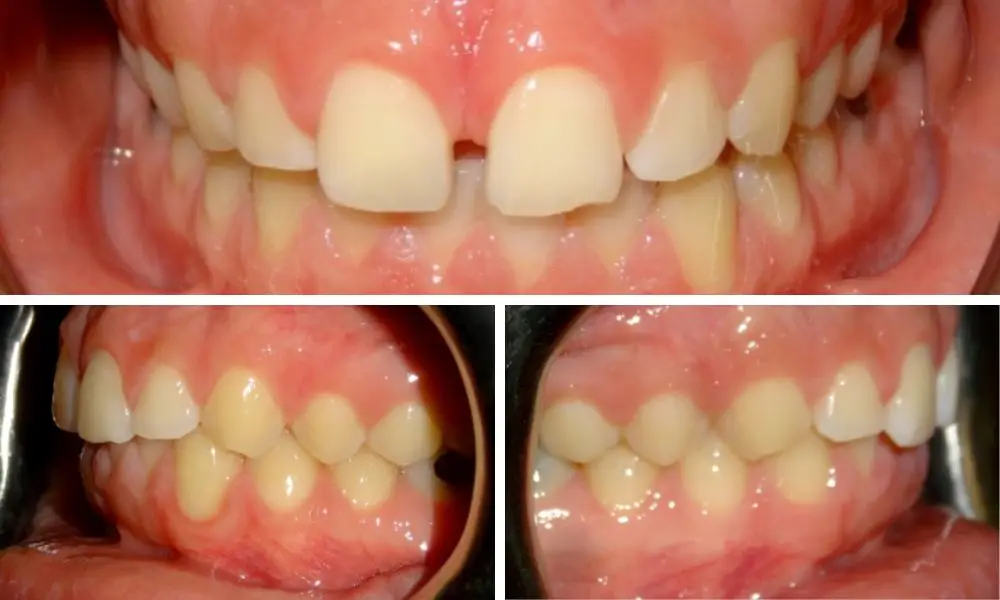
Thanks to braces, this patient’s jaw is now properly aligned and their smile is happy and healthy!
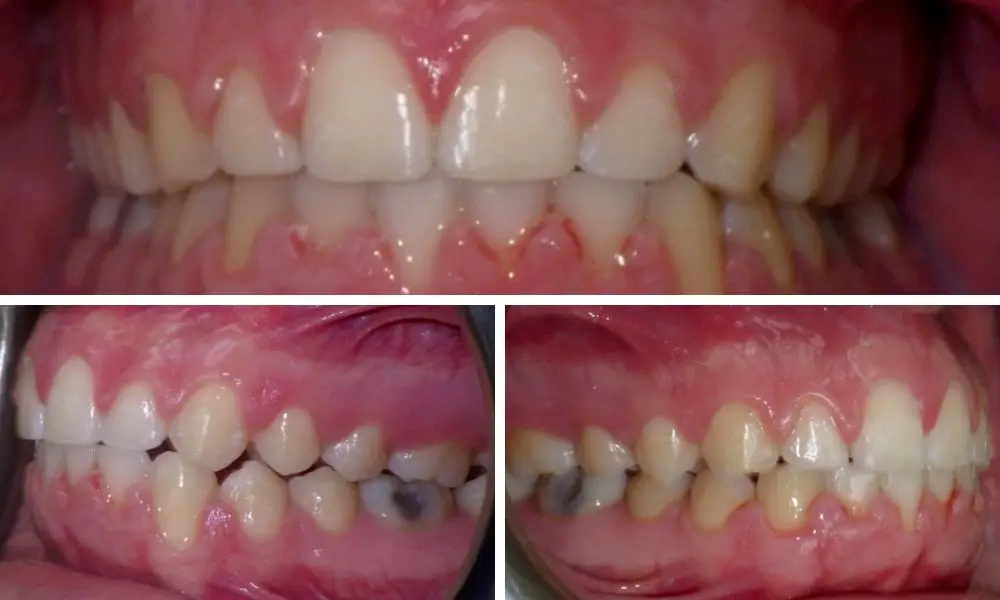
Open Bite
An open bite is when your top teeth and your bottom teeth don’t touch when your mouth is closed. Open bites can happen in the front or in the back of your mouth.
To correct an open bite, your doctor will move your teeth in such a way that they will start to connect when your mouth is closed.
Impacted Teeth
An impacted tooth occurs when one of your teeth does not pass through your gums. Sometimes, the tooth doesn’t grow in properly. Other times, something is blocking it and must be removed.
To correct an impacted tooth, your doctor will straighten the surrounding teeth, then make a small cut in your gums. Then, the tooth will have a small ring put around it. The small ring has a chain that pulls the tooth out slowly so it grows in properly.
This patient had teeth that did not grow in properly. Their tooth needed some assistance in order to erupt through their gumline.
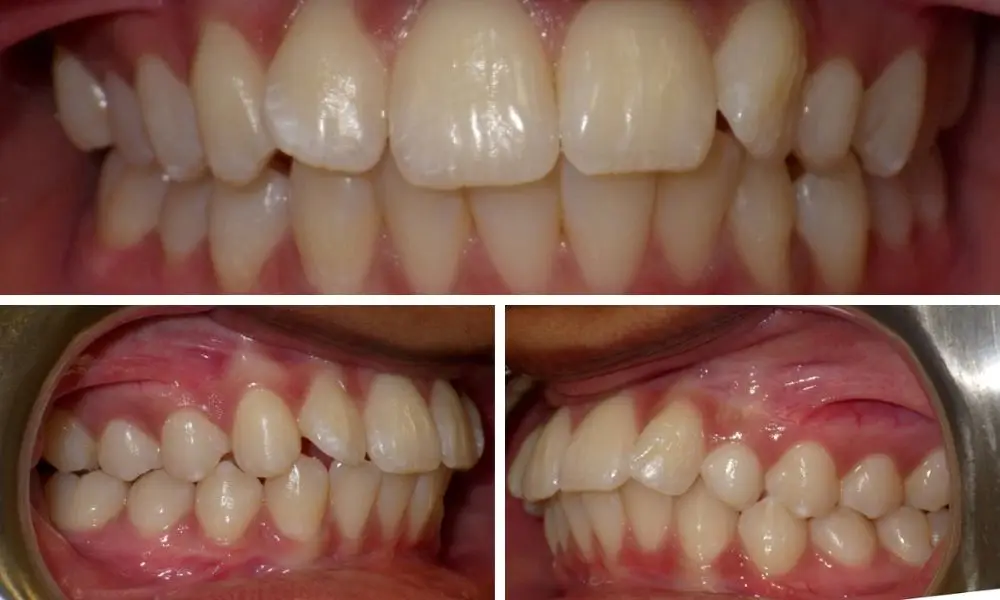
The patient’s orthodontist was able to guide the tooth through the gumline thanks to orthodontic care and the patient now has a beautiful smile!
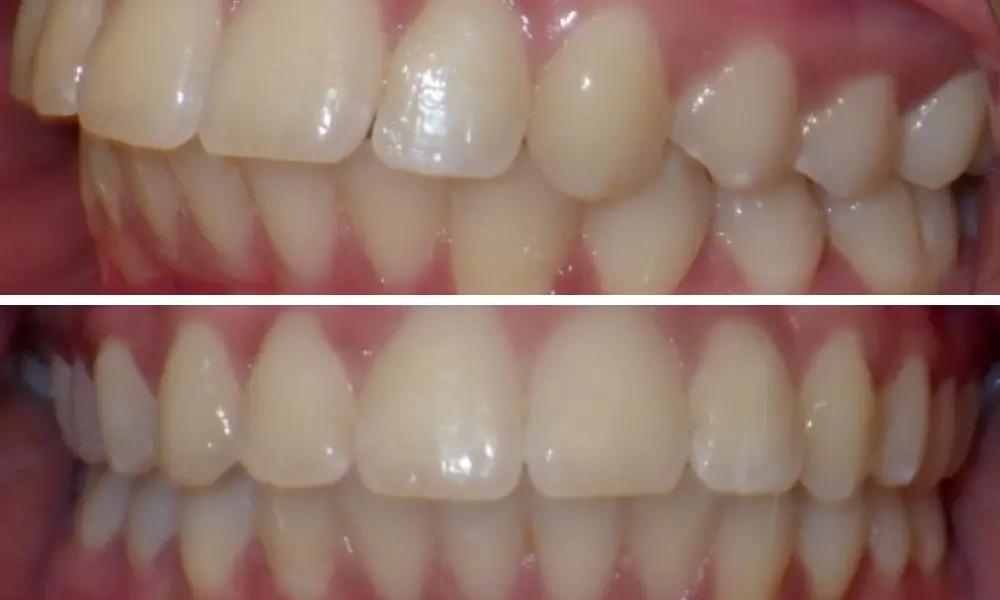
Crossbite
A crossbite is when your top teeth and bottom teeth line up incorrectly. It is sometimes called an underbite because most crossbites consist of your lower jaw sticking out past your top jaw.
To correct a crossbite, your doctor will use the same idea as fixing an overbite. They will move the bottom jaw in more while correcting any sort of issues with the top jaw.
This patient presents with a crossbite. You can see his improper bite and crooked teeth.
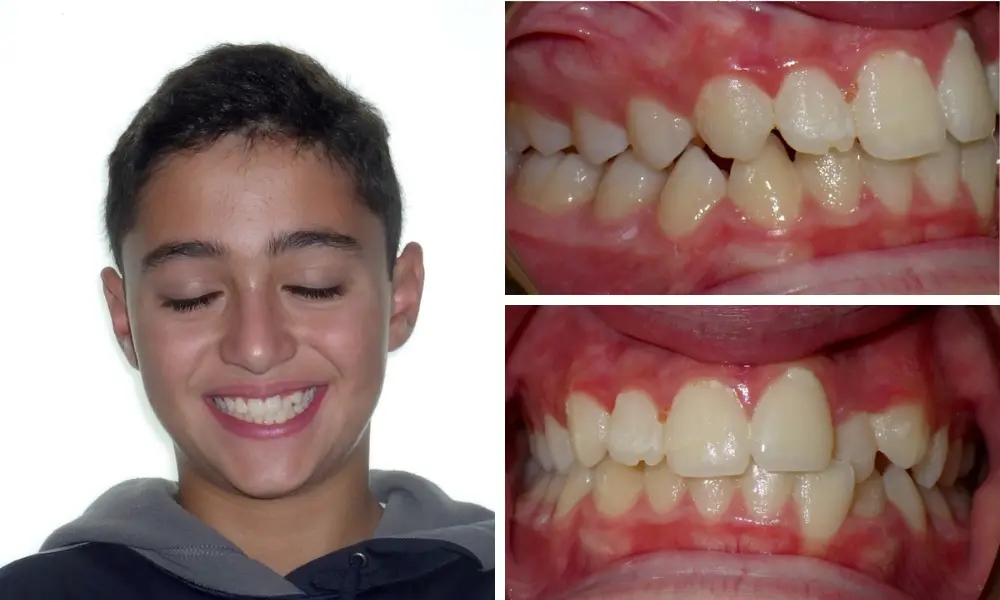
The orthodontist was able to correct the crossbite and now the patient has a beautiful smile, thanks to the power of braces.
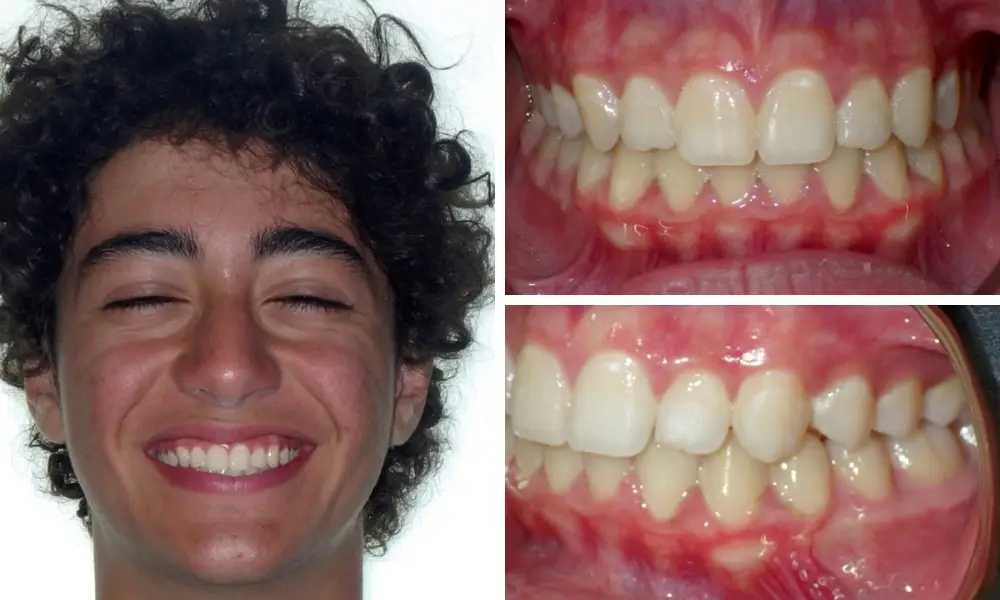
Overjet
An overjet is sometimes called buck teeth. This happens when the gap between your upper front teeth and bottom teeth is too large.
Orthodontists will use upper and lower braces or Invisalign aligners to slowly move both jaws back into proper alignment.
This patient has an overjet, where his top teeth extended too far past his bottom teeth.
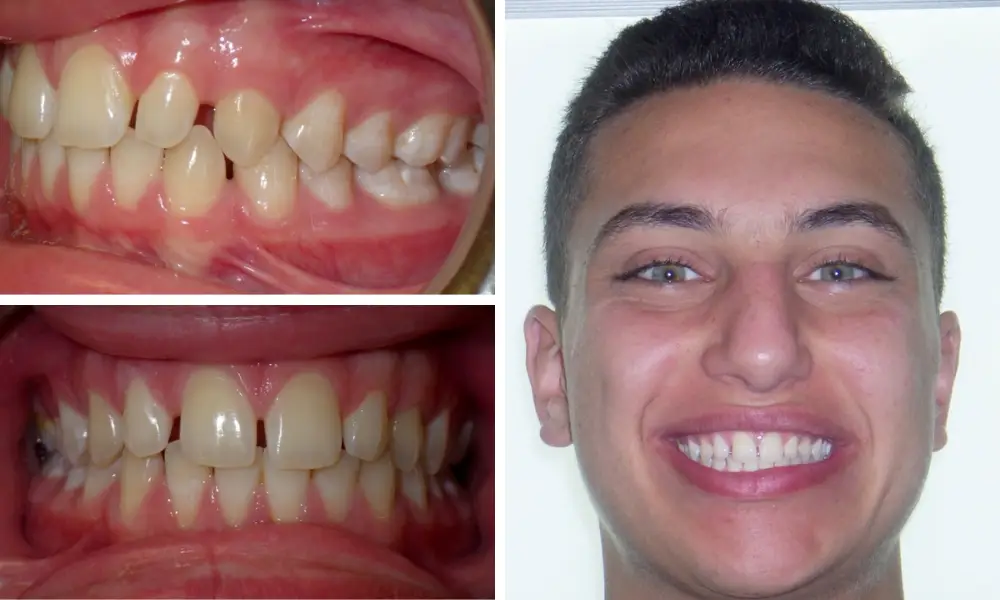
Thanks to braces, the patient’s teeth were moved into proper alignment. The end result is a beautiful smile!
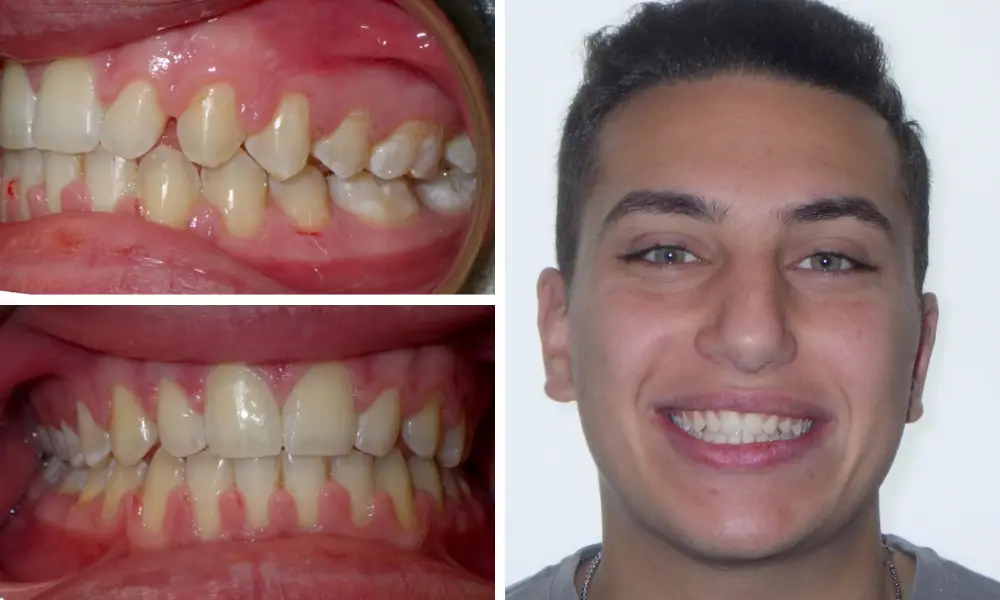
Crowding
Crowding occurs when your teeth grow crooked and improperly. Crowding may be the most common orthodontic condition on this list.
Orthodontists use braces and Invisalign aligners to correct crowding. Slowly but surely, the appliance will move your teeth into proper alignment.
This patient has crowding, along with other conditions. Their teeth are improperly spaced and do not properly meet.
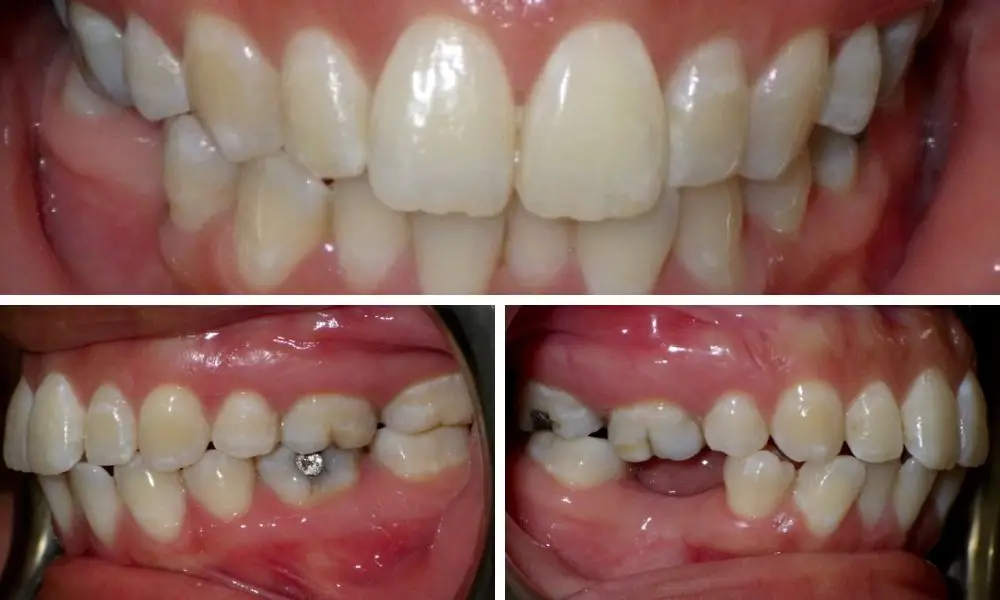
After treatment, their teeth are now properly spaced and their bite is correct.
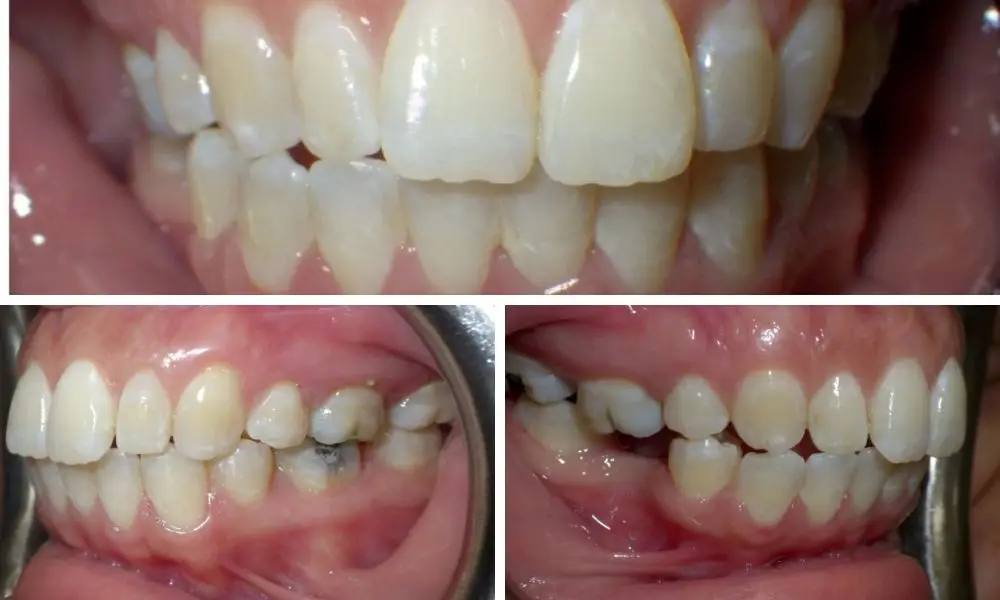
Gaps
Your teeth may grow in such a way that you have gaps. A common gap is found between the two top front teeth. This is called a diastema.
Like with crowding, your orthodontist will use braces and Invisalign to close gaps. The orthodontic appliance will slowly and gradually move the teeth back into the right alignment.
This patient has gaps between their teeth. While they may not seem large, food debris can be lodged in there. Because it is more difficult to clean crooked teeth, debris stuck in there can cause plaque buildup.
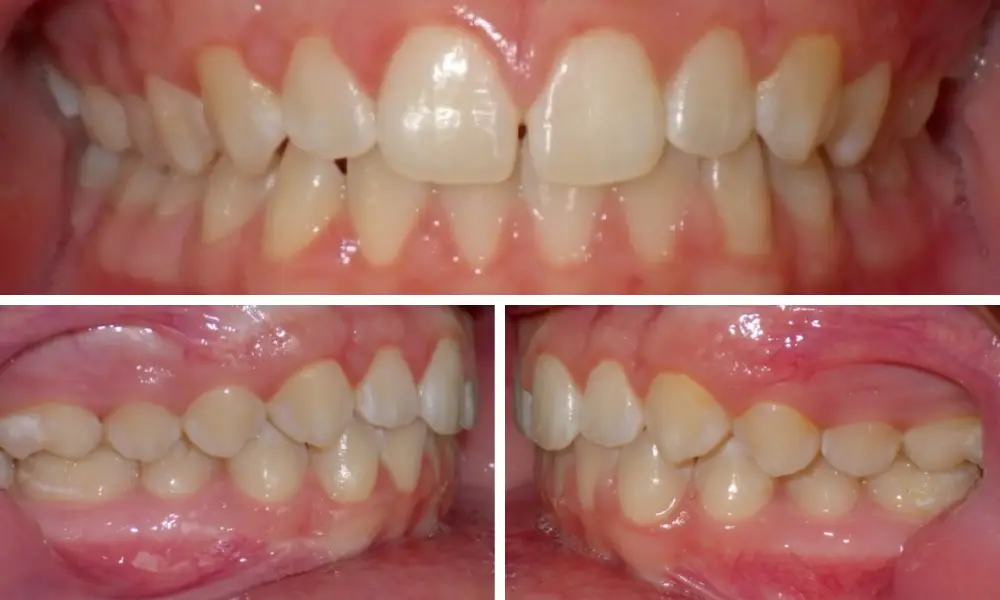
This patient won’t have to worry about that, thanks to a beautiful, healthy smile brought to them by braces.
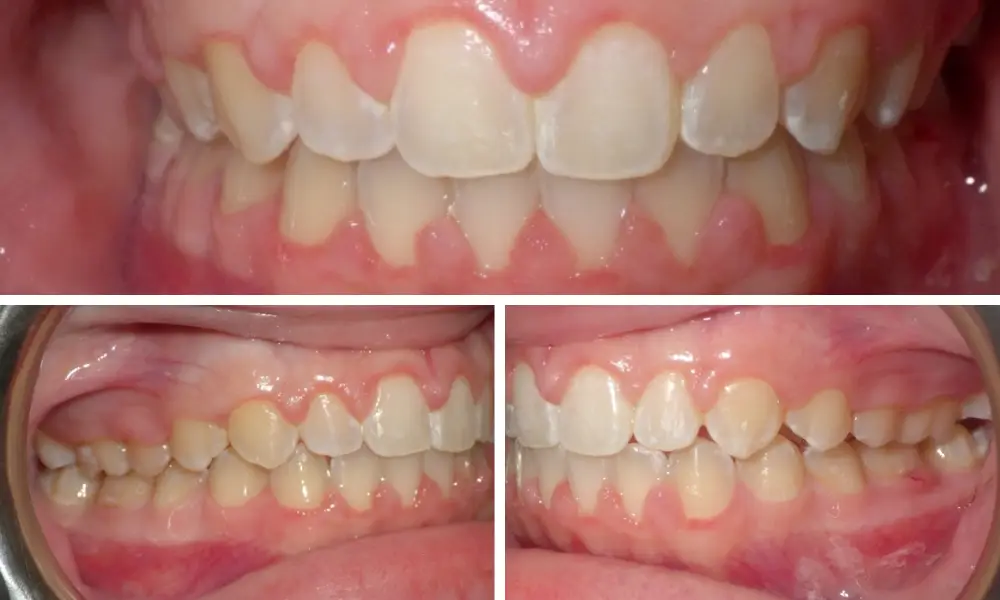
Orthodontic Extractions
Sometimes, your doctor may need to remove teeth from your mouth to make sure your orthodontic treatment will be successful. This is called an extraction. This is usually the last option the doctor will take to give you a straight smile.
The doctor may also decide to expand your palate instead of removing a tooth. This is done in children since their bodies are still growing.

